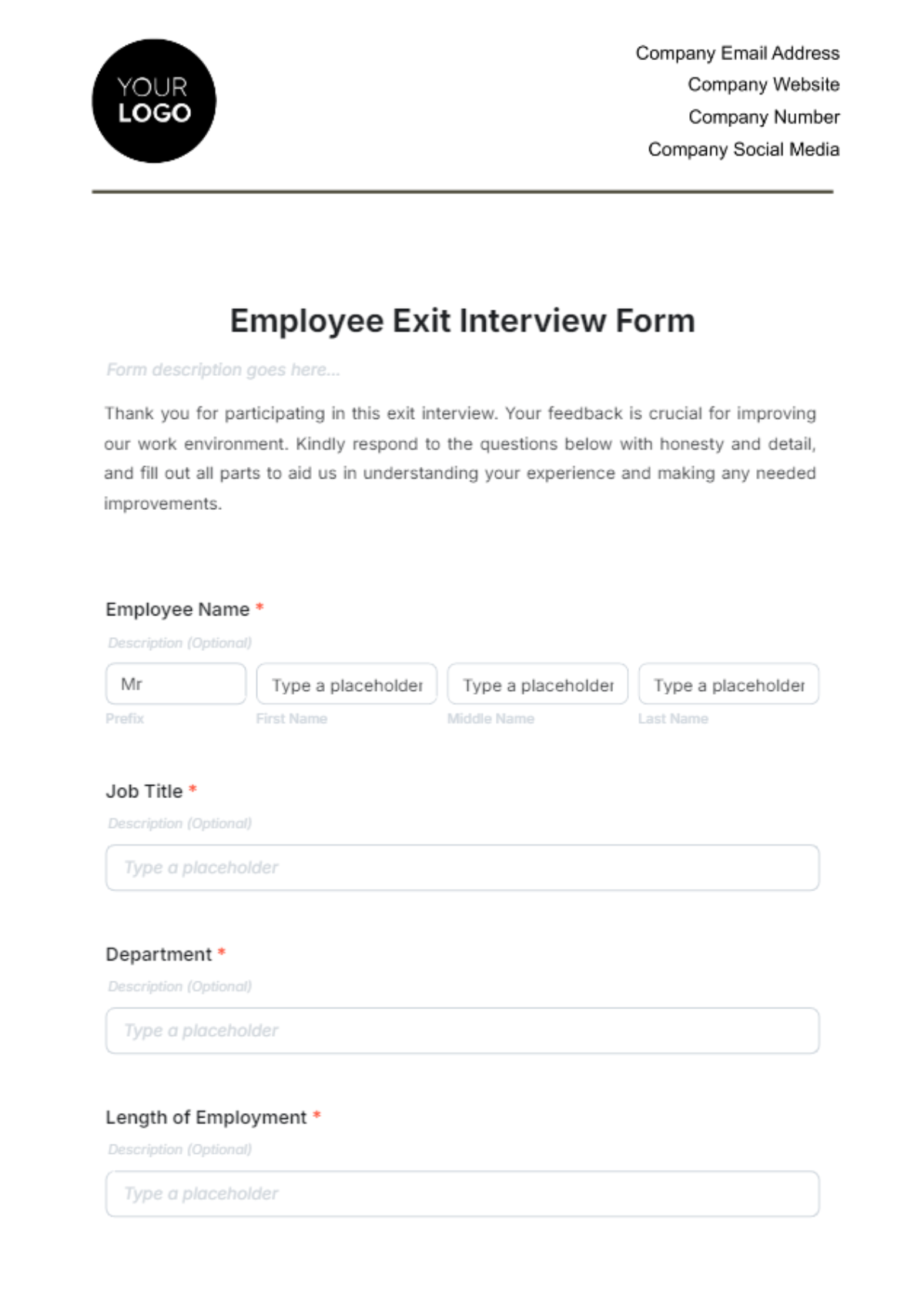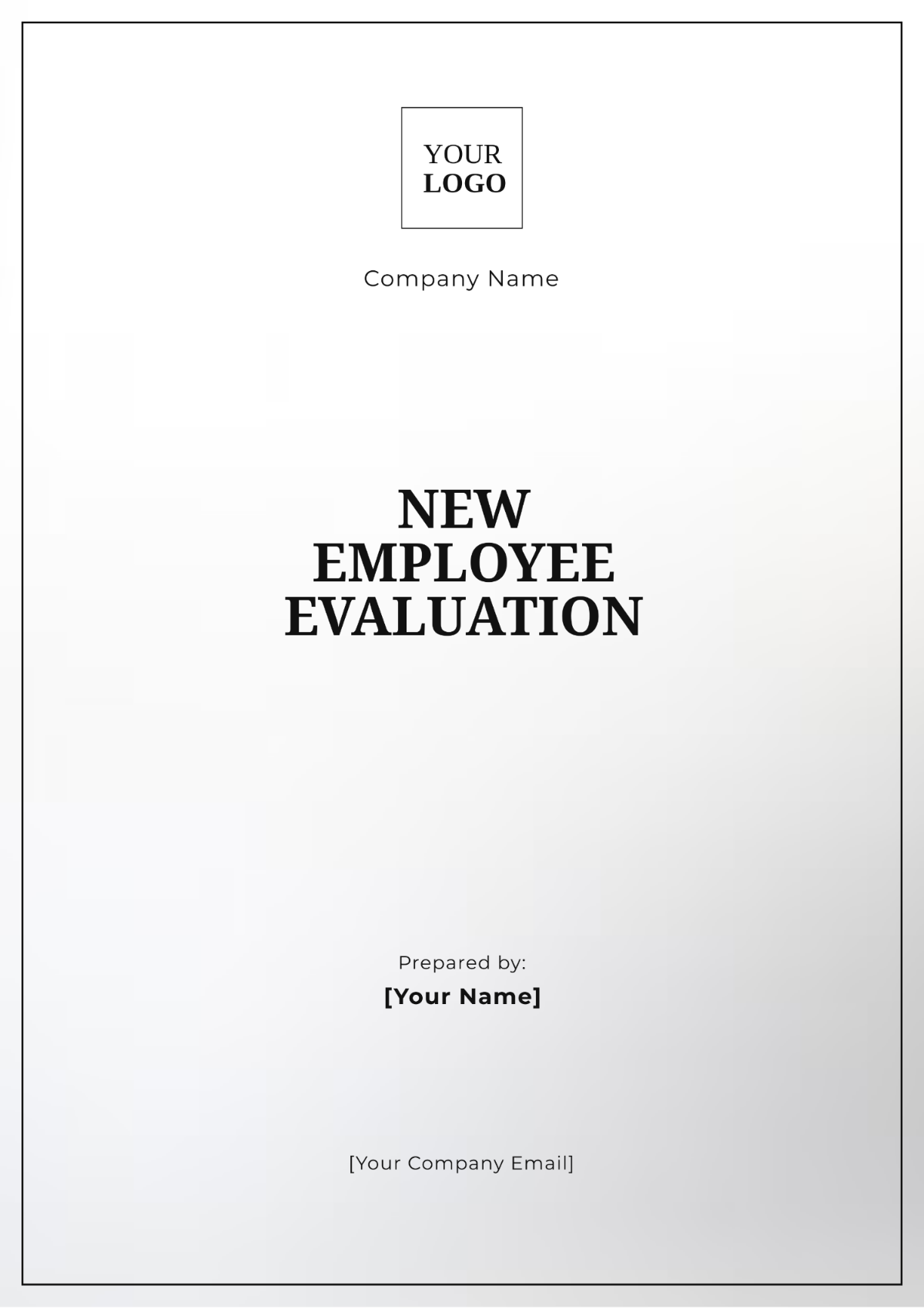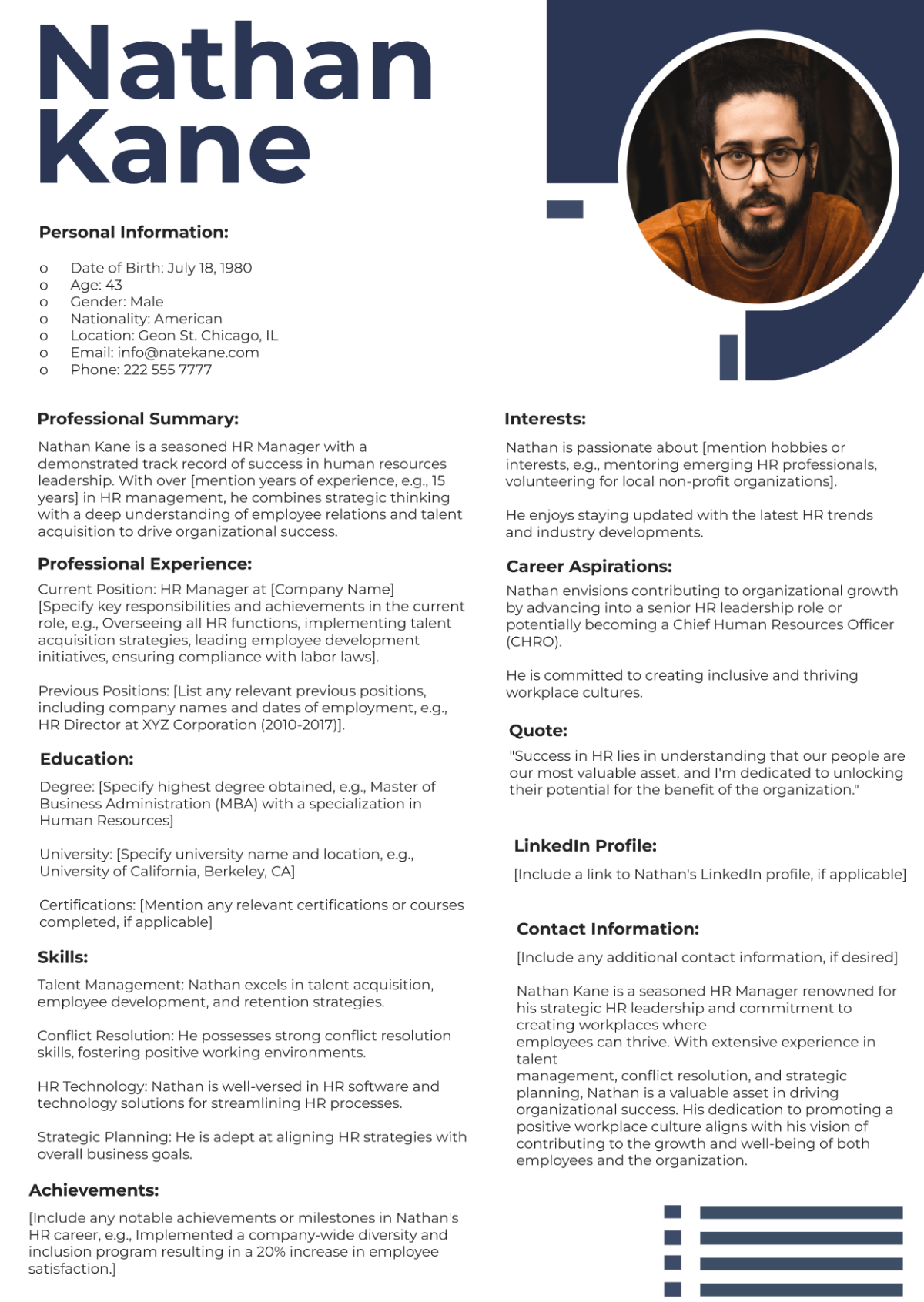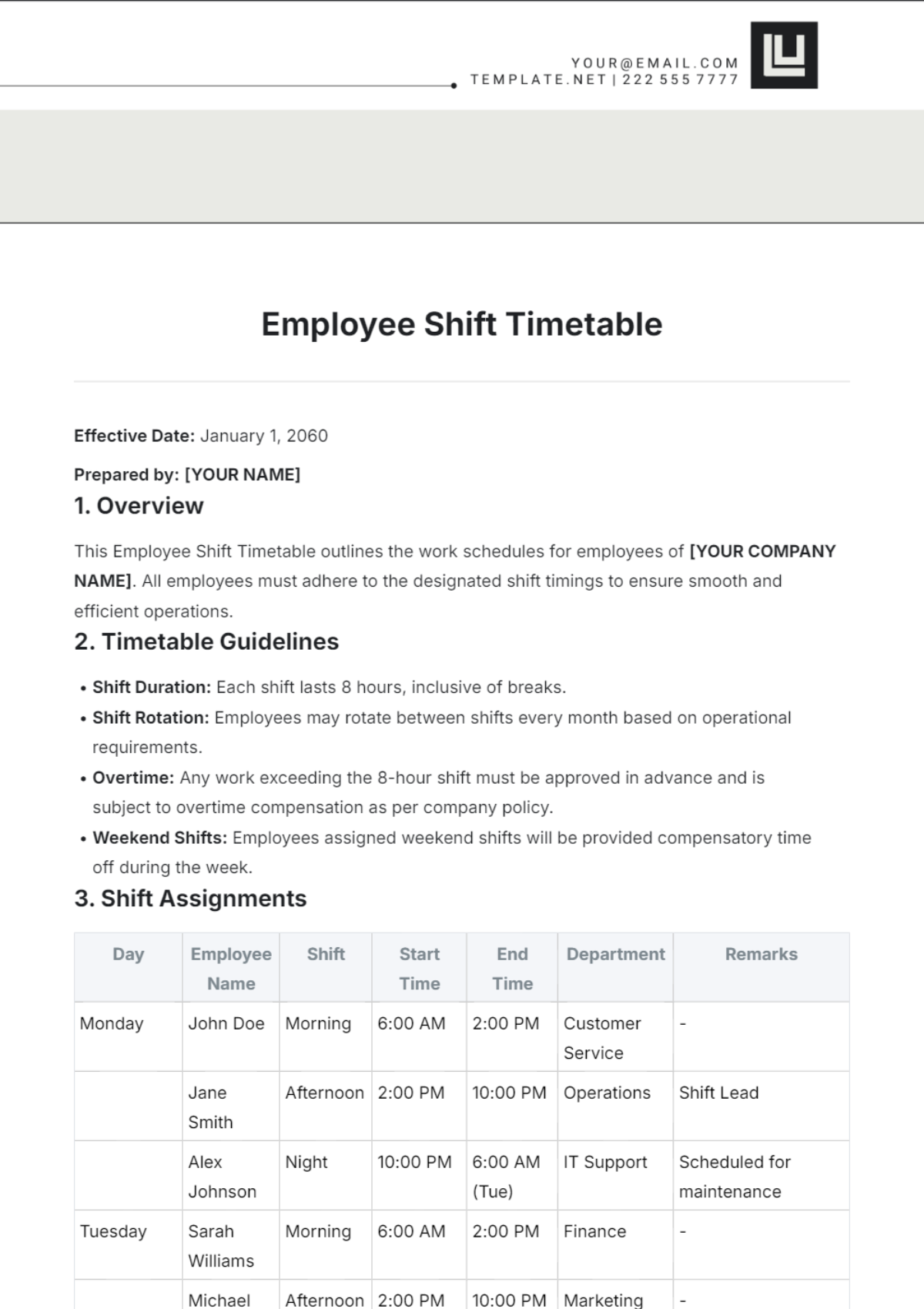Free Cleaning Services Employee Grievance Handling Procedure Template
Cleaning Services Employee Grievance Handling Procedure
I. Introduction
A. Purpose
The purpose of this document is multi-faceted. Firstly, it aims to establish a formalized framework within [Your Company Name] for addressing and resolving employee grievances. This framework is designed to provide employees with a clear and accessible means to voice their concerns or complaints regarding their employment, working conditions, or interactions within the workplace.
Secondly, it serves to foster transparency and fairness by outlining the procedures and steps to be followed by both employees and management when handling grievances. Lastly, it underscores [Your Company Name]'s commitment to cultivating a supportive and harmonious work environment where issues are addressed promptly and effectively, thereby enhancing overall employee satisfaction and organizational success.
B. Scope
This grievance handling procedure applies comprehensively to all categories of employees within [Your Company Name]. Whether an individual is a full-time employee, part-time staff member, or temporary worker, they are entitled to utilize this procedure for addressing grievances. Furthermore, it encompasses grievances arising from diverse contexts, including but not limited to allegations of discrimination, instances of harassment, disputes over work assignments or conditions, challenges to disciplinary actions, and conflicts between colleagues or supervisors.
This broad scope underscores [Your Company Name]'s commitment to addressing a wide range of concerns in a systematic and equitable manner, thereby promoting a culture of respect, fairness, and accountability within the organization.
II. Definitions
A. Grievance
For the purpose of clarity and consistency, a grievance within the context of this procedure is defined as any formal or informal expression of dissatisfaction or discontent by an employee regarding aspects of their employment, working environment, or interactions within the workplace. Grievances may manifest in various forms, ranging from individual complaints to collective disputes, and may encompass diverse issues such as perceived unfair treatment, violations of workplace policies, or interpersonal conflicts.
By establishing a clear definition of grievance, [Your Company Name] aims to ensure a shared understanding among all stakeholders involved in the grievance handling process, facilitating effective communication and resolution of employee concerns.
Grievances may arise from a multitude of situations or circumstances within the workplace, including but not limited to the following:
Type of Grievance | Description |
|---|---|
Discrimination | Allegations of unfair treatment based on protected characteristics (e.g., race, gender, age, disability). |
Harassment | Complaints of verbal, physical, or sexual harassment in the workplace. |
Work Assignments | Disputes over job duties, workload, schedules, or shift assignments. |
Working Conditions | Concerns related to workplace safety, cleanliness, facilities, or amenities. |
Disciplinary Actions | Challenges to disciplinary measures, warnings, or performance evaluations. |
Interpersonal Conflicts | Disputes between colleagues, supervisors, or other individuals within the company. |
It is important to recognize that grievances may originate from individual employees or groups of employees and may necessitate tailored approaches for resolution depending on the nature and complexity of the issue at hand.
B. Grievance Procedure
The grievance procedure embodies a structured and systematic approach adopted by [Your Company Name] for addressing and resolving employee grievances in a fair, timely, and constructive manner. This procedure delineates the roles, responsibilities, and sequential steps to be undertaken by employees, supervisors, HR personnel, and other relevant stakeholders involved in the grievance handling process.
By providing a clear roadmap for initiating, investigating, and resolving grievances, as well as avenues for appeal and record-keeping, the procedure aims to uphold principles of accountability, transparency, and procedural fairness throughout the grievance resolution process. This comprehensive framework is essential for ensuring that grievances are addressed effectively, thereby contributing to a positive work environment characterized by mutual respect, trust, and collaboration.
III. Grievance Handling Procedure
A. Informal Resolution
Employees are encouraged to first attempt to resolve grievances informally by discussing the issue with their immediate supervisor or manager. This informal approach allows for open communication and the potential for swift resolution of concerns before they escalate.
Should the grievance remain unresolved through informal channels, the employee may choose to escalate it to the formal grievance procedure outlined below.
B. Formal Grievance Procedure
Submission of Grievance
Employees must submit their grievance in writing to the Human Resources (HR) department within [5 business days] of the incident or issue arising. The written grievance should include details such as the nature of the grievance, relevant dates, names of individuals involved, and any supporting documentation.
Investigation
Upon receipt of the grievance, HR will assign a designated investigator to conduct a thorough and impartial investigation. The investigator may interview the employee, relevant witnesses, and review any pertinent documentation to gather facts and evidence related to the grievance.
HR will ensure confidentiality throughout the investigation process, protecting the privacy of both the complainant and other parties involved to the extent possible.
Resolution
HR will communicate the outcome of the investigation to the employee in writing within [10 business days] of receiving the grievance. The communication will include a summary of findings, conclusions reached, and any recommended actions or remedies.
If the grievance is upheld, HR will collaborate with relevant stakeholders to implement appropriate remedies or corrective actions, ensuring that steps are taken to address the underlying issues and prevent recurrence.
In cases where the grievance is not upheld, HR will provide the employee with a clear and reasoned explanation of the decision, along with any available options for further review or appeal.
C. Appeal Process
If the employee is dissatisfied with the outcome of the grievance process, they may appeal the decision by submitting a written appeal to the CEO or an appeals committee within [5 business days] of receiving the outcome. The appeal should outline the grounds for appeal and any additional evidence or information to be considered.
The appeal will be reviewed by an impartial third party or appellate body, distinct from those involved in the initial investigation, to ensure fairness and objectivity in the review process.
A final decision on the appeal will be communicated to the employee in writing within [15 business days] of receiving the appeal. This decision will be binding and marks the conclusion of the grievance handling process within [Your Company Name].
IV. Record Keeping
HR will maintain accurate and confidential records of all grievances, investigations, and resolutions in accordance with applicable privacy laws and regulations. These records will include:
Type of Record | Description |
|---|---|
Grievance Forms | Copies of written grievances submitted by employees, including details of the grievance and supporting documentation. |
Investigation Reports | Documentation of the investigation process, including interview notes, witness statements, and findings of fact. |
Outcome Communications | Records of written communications to employees regarding the outcome of the grievance process and any actions taken. |
Appeal Documents | Copies of written appeals submitted by employees, along with any additional evidence or information provided. |
Appeal Decision | Documentation of the appellate review process, including the decision on the appeal and rationale for the decision. |
These records will be retained for [5 years] from the date of resolution to ensure compliance with legal requirements and facilitate future reference or review if needed. Access to these records will be restricted to authorized personnel involved in the grievance handling process, maintaining confidentiality and privacy as appropriate.
V. Training and Awareness
A. Training Programs
[Your Cleaning Services Company Name] is committed to providing comprehensive training programs to all employees regarding the grievance handling procedure. These training sessions will be conducted regularly to ensure that all employees are aware of their rights and responsibilities in relation to addressing and resolving grievances within the organization.
The training programs will cover topics such as:
Training Topics | Description |
|---|---|
Overview of Grievance Procedure | Explanation of the formal grievance handling process, including steps to initiate, investigate, and resolve grievances. |
Communication Skills | Training on effective communication techniques for expressing grievances and facilitating resolution discussions. |
Conflict Resolution Strategies | Techniques for managing interpersonal conflicts and resolving disputes in a constructive and collaborative manner. |
Confidentiality and Privacy | Importance of maintaining confidentiality and privacy throughout the grievance handling process to protect all parties involved. |
Legal Compliance | Overview of relevant laws, regulations, and company policies governing grievance handling and employee rights. |
These training sessions will be conducted by HR professionals or external trainers with expertise in conflict resolution and employee relations. They may be delivered through in-person workshops, online modules, or a combination of both to accommodate different learning preferences and operational requirements.
B. Awareness Campaigns
In addition to formal training programs, [Your Company Name] will launch awareness campaigns to reinforce the importance of the grievance handling procedure and encourage a culture of openness, respect, and accountability within the workplace.
These campaigns may include:
Awareness Initiatives | Description |
|---|---|
Posters and Infographics | Visual materials placed in common areas to highlight key aspects of the grievance handling procedure and promote awareness among employees. |
Employee Handbook Updates | Incorporation of information on the grievance handling procedure into the employee handbook for easy reference and accessibility. |
Internal Communications | Regular updates via email, newsletters, or intranet announcements to remind employees of the grievance handling procedure and provide relevant updates or reminders. |
Open Door Policy | Promotion of an open door policy where employees feel comfortable approaching supervisors or HR personnel to discuss grievances or concerns informally. |
These awareness initiatives will be designed to engage employees at all levels of the organization and foster a shared understanding of the grievance handling process, thereby promoting transparency, trust, and collaboration.
VI. Conclusion
[Your Company Name] recognizes that a robust grievance handling procedure is essential for maintaining a positive work environment and addressing employee concerns in a fair and timely manner. By implementing this procedure, [Your Company Name] is committed to upholding principles of transparency, accountability, and respect for employee rights, thereby promoting a culture of trust, fairness, and collaboration within the organization.
Moving forward, [Your Company Name] will continue to review and update the grievance handling procedure as needed to ensure its effectiveness and alignment with evolving best practices and legal requirements. By prioritizing the resolution of grievances and promoting a culture of open communication and mutual respect, [Your Company Name] aims to enhance employee satisfaction, morale, and overall organizational success.
















































